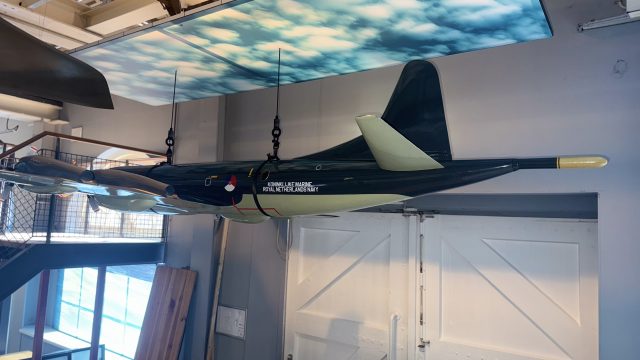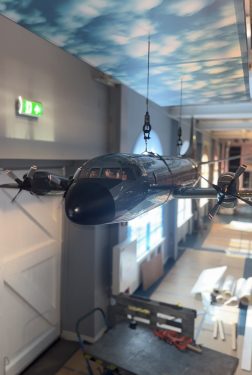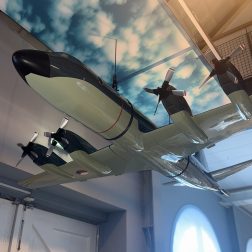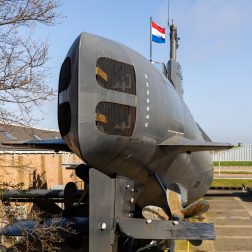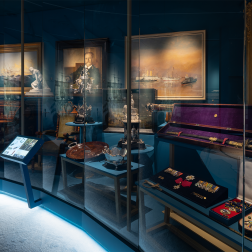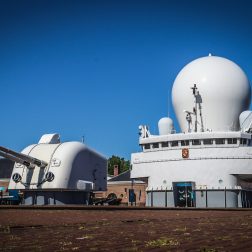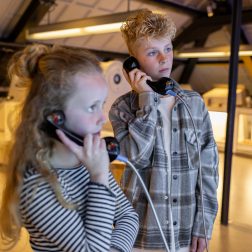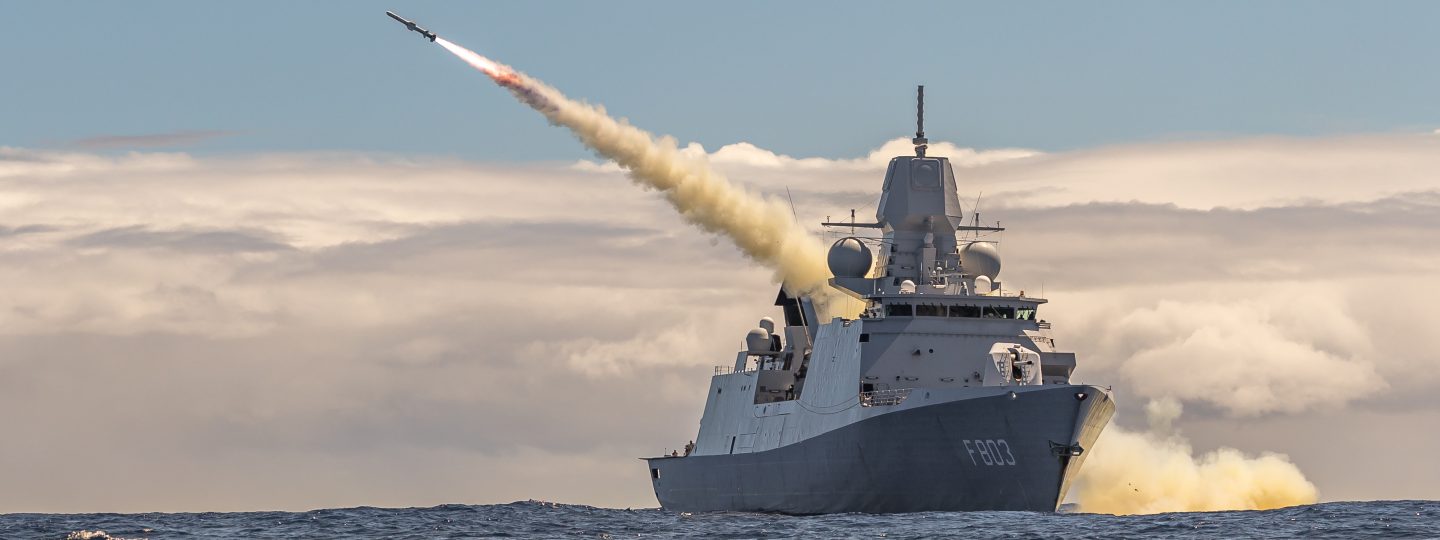
Closer than ever
Marine of Today
Major missions begin with training personnel, maintaining equipment and developing innovative technologies. This is how the Royal Netherlands Navy can ensure safety and security at sea and from the sea. The Today’s Navy exhibition brings you closer to the Navy than ever before.
Perceive and experience how the Navy prepares for crises and threats, but also how military personnel are always at the ready to provide assistance in the event of a humanitarian disaster.
About the exhibition
Marine of Today
For many of us, life at sea feels far away and the Navy appears to be a closed world. This exhibition offers a glimpse into the work of our Navy. Experience what it means to work for the Royal Netherlands Navy.
How does the Navy ensure that they are always prepared for a crisis, threat or disaster? You will be transported into a world of perpetual preparation and progression, where real-life scenarios are used in training until everything runs smoothly – all with one goal in mind: deployment.
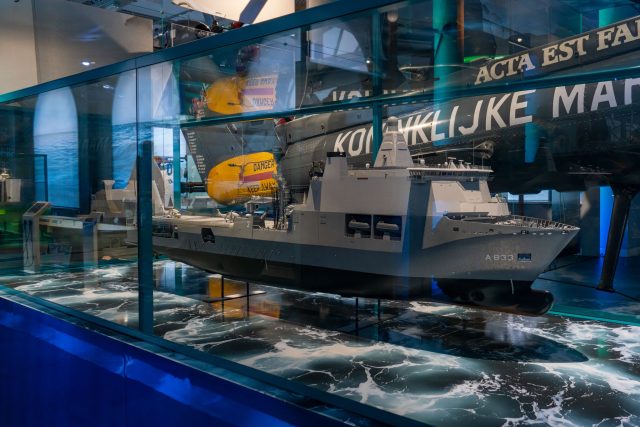
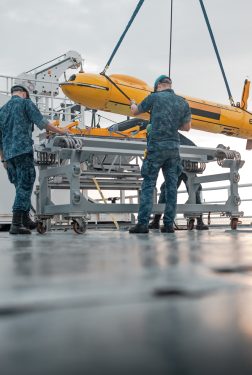
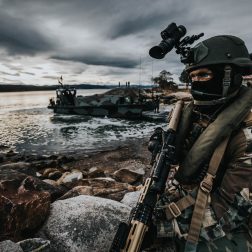
How does the Navy prepare for deployment?
Discover how much time and effort goes into training personnel, maintaining equipment and developing innovative technologies. Everyone must be able to rely on each other and on technology for their own and our safety in the case of a serious situation.
During your visit, you will see how the Navy responds to a crisis or threat. Impressive ship models will show you why certain ships and technologies are so important for our defence. You will also get a glimpse of the future because the Navy of tomorrow starts with today’s Navy.
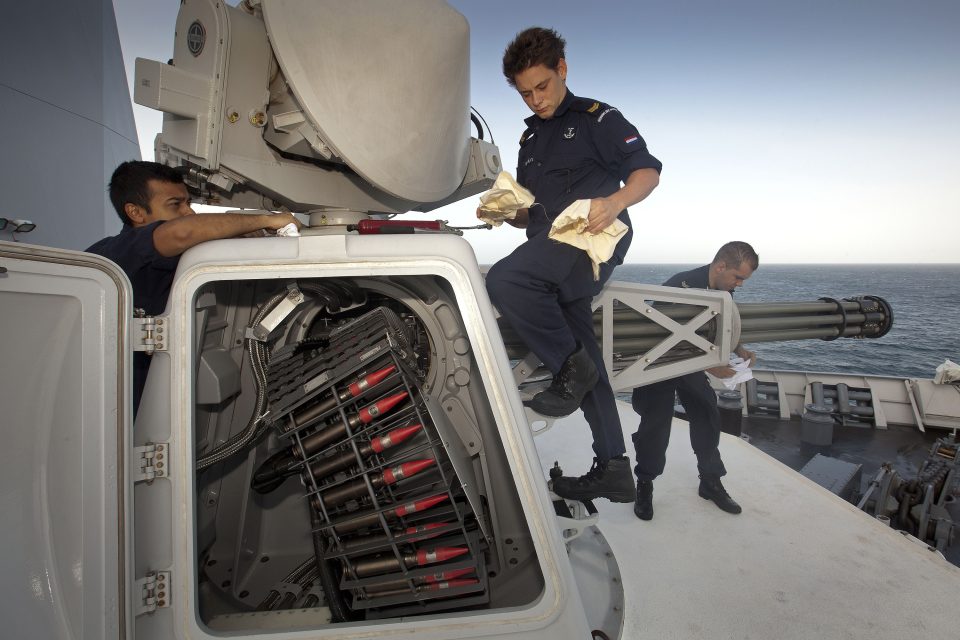
On display
Goalkeeper
Goalkeeper, an autocannon, is on display at the exhibition. The system was developed in the Netherlands and installed on the Dutch Navy’s large ships. It was state-of-the-art when it was introduced, but now, after almost 40 years, the end of its life expectancy is approaching and it will be replaced by a self-defence system.
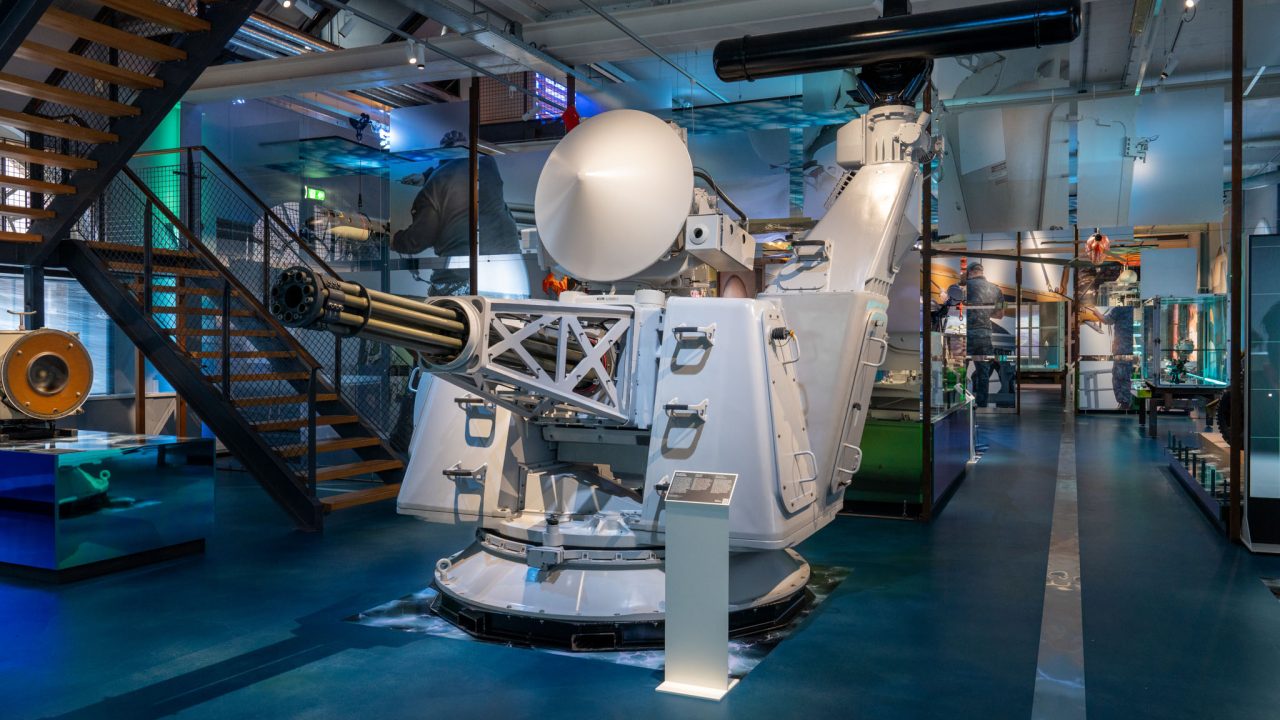
Workhorse of the Netherlands Naval Aviation Service
LYNX
Westland LYNX helicopters of the Netherlands Naval Aviation Service were a familiar sight on board naval vessels for many years. They were used for reconnaissance missions, anti-submarine warfare and transport. This versatile helicopter was indispensable at sea.
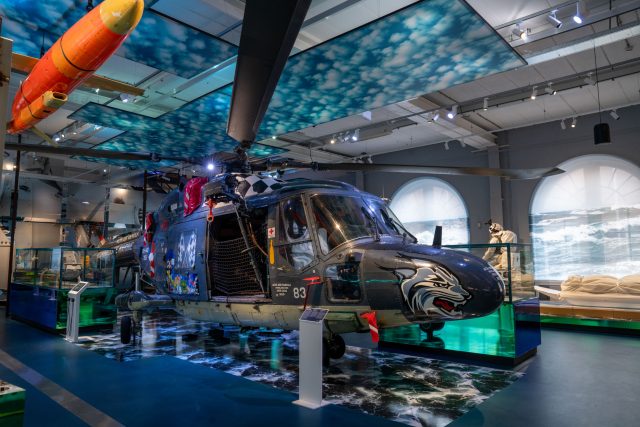


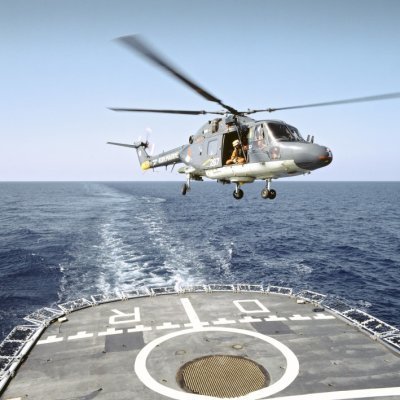
The work of humans
Landing on a moving ship is a very precise task. Each situation is different and requires intensive training and flawless cooperation between the helicopter crew and the ship’s crew. It is and will remain the work of humans and an impressive display of craftmanship. The names of the last crew members are displayed on the tail of this aircraft, as a tribute to their dedication. If you look closely, you can also see the mascots of this aircraft. The last Lynxes have now been replaced by NH-90 helicopters.
On display
P-3C Orion
After the end of the Cold War (1945–1991), politicians decided to abandon maritime patrol aircraft such as the P-3C Orion. This aircraft was used for anti-submarine warfare, reconnaissance missions, and search and rescue operations. These tasks were then transferred to other countries. However, as the circumstances in the world are changing rapidly, politicians are once again considering the purchase of modern patrol aircraft, such as the P-8 Poseidon.
